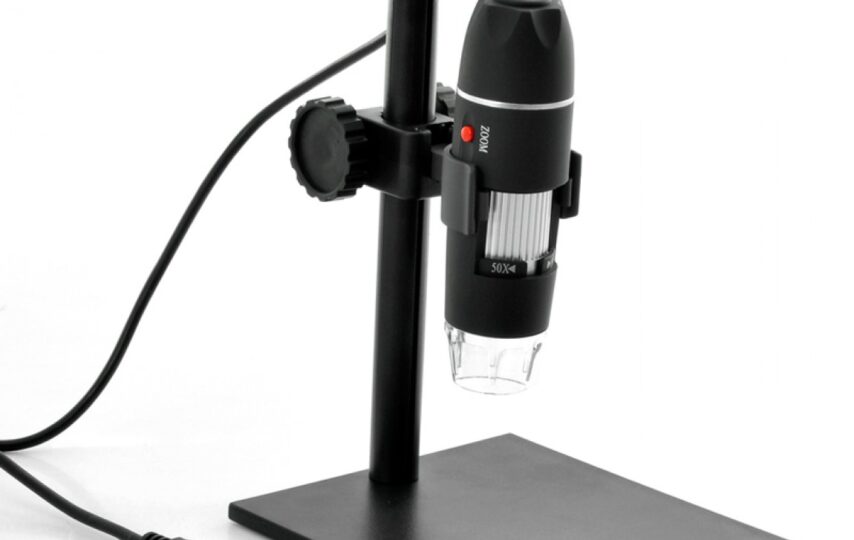If you’ve ever worked in a laboratory, you know that the light microscope uses an eyepiece and objective to magnify a small object. As technology continues to advance, digital microscopes are becoming more and more popular.
Today’s post will explain what a digital microscope is, how it works, what are the advantages of using one, and some of its applications. Here you can find answers to some of the most common questions about digital microscopes.
What is a digital microscope?
A digital microscope is a type of microscope that uses a digital camera instead of an eyepiece. Digital microscopes connect to a PC monitor to display results in real-time.
How does a digital microscope work?
A digital microscope uses optical devices and a digital camera to display captured images on a PC monitor. They are available in different versions of complexity, ranging from simple and portable versions to advanced systems that offer various observation methods and various measurement functions.
Many digital microscopes use software that can perform advanced tasks. For example, some of this software include the function of video recording, image adjustment, video sequence editing, 3D sample analysis, measurements, and creation/generation of reports.
What are the advantages of using a digital microscope?
A digital microscope can perform the same tasks as an optical microscope, but it offers additional benefits. Here are six examples:
- Collaboration: Since digital microscopes display images on a screen, it is easy to share information with colleagues.
- Convenience: Gone are the days of looking through an eyepiece for hours. Just sit upright and comfortably while viewing a sample on the monitor screen. This makes your work environment more ergonomic.
- Magnification: Some digital microscopes offer higher magnifications than most light microscopes. The reason is that digital microscopes use the size of the PC monitor to determine magnification. On the other hand, optical microscopes determine magnification by multiplying the magnification of the lens by the magnification of the eyepiece.
- Superior quality images: Digital microscopes provide high-quality images, as they can project an image directly onto the camera. Other features, such as an antihalo function to reduce glare, High Dynamic Range (HDR) for better contrast and improved color depth, the ability to create images in focus beyond the field of view, and angled lighting options, provide more image texture than could be seen through the eyepiece and an unmatched level of flexibility to handle a wide range of applications.
- Image storage: Images acquired from a digital microscope can be saved on the PC’s hard drive or external memory. Users can then view and browse the images to create comprehensive reports.
- Simple operation: Digital microscopes are generally easier to use than traditional light microscopes.
What is the use of a digital microscope?
A digital microscope is an efficient tool for inspecting and analyzing a variety of objects, ranging from microfabricated parts to large electronic devices. Digital microscopes are used in many industries, including education, research, medicine, forensic science, and industrial manufacturing. Some of the most common applications are:
- Inspection of brake pads in cars
- Detection of falsified documents in compliance with the law
- Connector Pin Inspection During Manufacturing
- Inspection of collectors’ stamps or coins
- Semiconductor Wire Joint Inspection During Manufacturing
- Restoration and conservation of art pieces
- Complicated jewelry and watch repairs
- Improvements in quality control processes
- Quantification of defects present during the car painting process
- Historical document analysis
- Field research for archeology and paleontology
- Quality count
Please note that not all digital microscopes are developed equal. To get all the benefits of a microscope, look for a model with the features on our site that meet your specific application. There are many other types of digital microscopes like Stereo Zoom microscopes for ultimate zoom.



